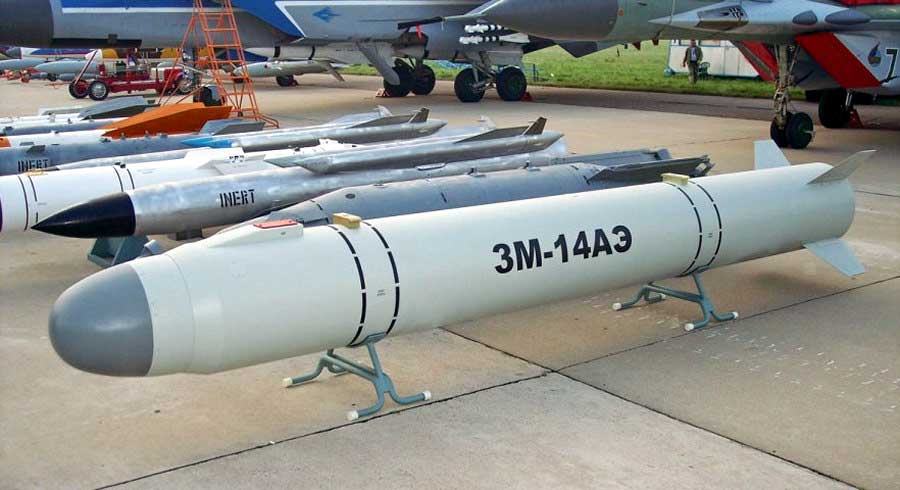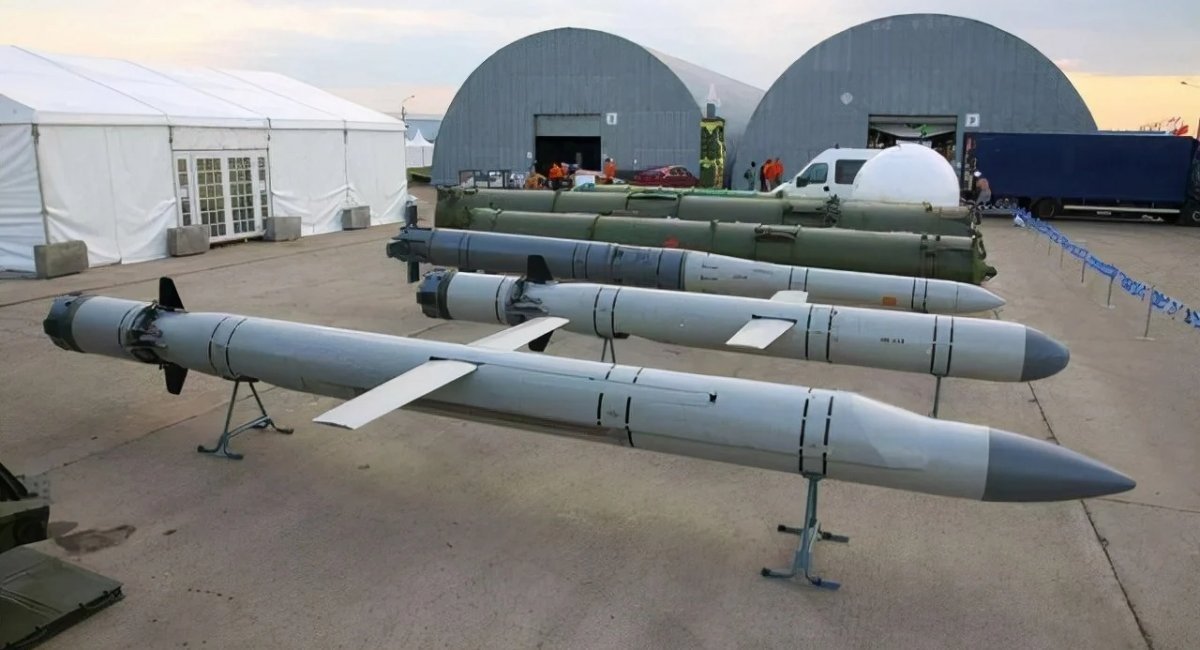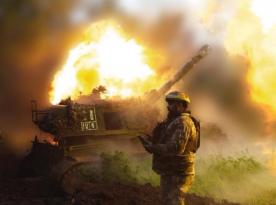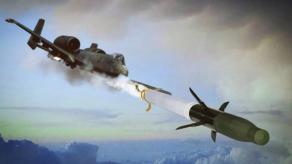This text was prompted by at least two tendencies. First is that the russians are trying to at least create an impression that they continue developing several types of cruise missiles at once designed for the use by tactical aviation.
For example, russian defense industry hasn't yet launched mass production of the Kh-69 missile, derived from older Kh-59MK2, but is already revealing its new missile labeled "Izdeliye 720". Analysts still have no data on its performance and capabilities yet.
Read more: russian Navy Decommissioned Cruiser Submarine Intended to Take Hundreds of "Kalibr" Missiles

The second tendency is that media outlets sometimes mention that another version of the 3M-54 Kalibr family of cruise missiles exists, the so-called "Kalibr-A". Although it's not true, since the russian army has never adopted a weapon with such an ID.
The air-launched "Kalibr-A" was developed with a focus on the export market. Apparently, in 17 years, the russians did not manage to find a single customer willing to buy this missile: the first ever known presentation of the weapon took place in 1993, the latest known was in 2010.
One more important detail: russians positioned the "Kalibr-A" not as an independent weapon suited for any type of Soviet-made aircraft but as a supplement for the Su-35 fighter. This russian-made jet has not seen much success on the market either, not only due to political reasons but technical problems as well.
Theoretically speaking, there is still possibility that russians buy their own "Kalibr-A" air missile to reinforce tactical aviation. All the more that shortage of guided weapons was a permanent problem for the russian aerospace forces. Though there is a reason why they haven't adopted this missile, and we can find it out by taking a look at specifications of this project.

The russians developed "Kalibr-A" as a whole family of three missiles: 3M-54AE, three-stage anti-ship, with a detachable booster; 3M-54AE-1, two-stage anti-ship; and 3M-14AE, against ground targets. They all had the same dimensions, warhead weight and other specs as the sea-launched analogs, but the key difference is firing range.
Air-launched "Kalibr-A" had a range of 220 to 275 km depending on modification, while the sea-based variant covered 1,600 to 2,500 km. The main purpose of "Kalibr" was to become a legal way to bypass the restrictions on deployment of medium-range weapons in Europe. Therefore, they chose not to spend time and resources on the expensive "Kalibr-A".
Moreover, even in conditions of the "industrial mobilization", russian defense industry only could produce about 120 Kalibr missiles in 2022, the same amount as during peacetime. It proves as another indicator that even if they wanted to make Kalibr-A missiles for themselves, the rates of production would allow only for a limited number of those.
However, all these circumstances don't guarantee that the russians will not resort to making them "for display". Either with propaganda purposes in mind, or to show off they still can make more missiles for their aerospace forces.

Read more: How Ukraine’s Military Use the Mi-8 Transport Helicopters For the Attacks














